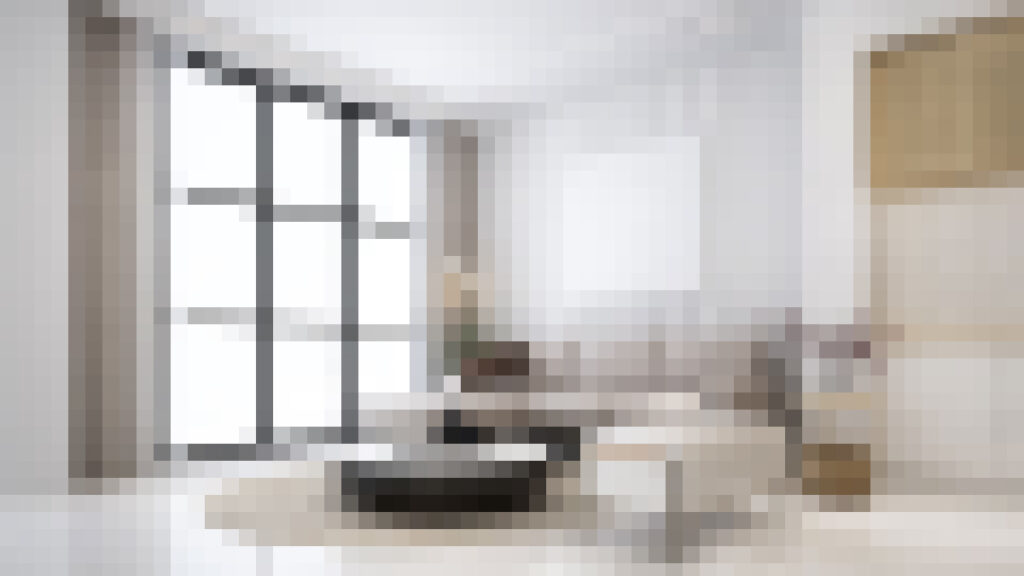Creating a haven in your home where you can retreat and relieve stress is more than a luxury—it’s a necessary component of self-care. For homeowners looking to transform their bedrooms into a serene sanctuary, here are three actionable tips that can help promote relaxation and tranquility in their personal space.
Declutter and Organize for Peace of Mind
A cluttered bedroom can contribute to a cluttered mindset, impacting your ability to relax and rest well. Begin the calming process with these practical steps:

- Prioritize a Minimalist Approach: Keep only the essentials and items that serve a purpose or bring happiness.
- Implement Smart Storage Solutions: Use under-bed storage, closet organizers, and stylish baskets to keep clutter out of sight.
- Adopt a “Less is More” mantra: Review your belongings regularly and dispose of items that no longer serve you. This will maintain clarity and calm in your space.
An organized bedroom isn’t just aesthetically pleasing; it’s conducive to a calm and ordered mind.
Choose Colors and Textures That Calm the Senses
In design, rhythm is created by simply repeating elements in predictable patterns. This repetition is a natural thing that occurs everywhere in our world. As people, we are driven everyday by predictable, timed events.

One of the best ways to use repetition and rhythm in web design is in the site’s navigation menu. A consistent, easy-to-follow pattern—in color, layout, etc. Gives users an intuitive roadmap to everything you want to share on your site.
Rhythm also factors into the layout of content. For example, you “might have” blog articles, press releases, and events each follow their own certain layout pattern.
Elements that can help website visual composition
Nobody enjoys looking at an ugly web page. Garish colors, cluttered images and distracting animation can all turn customers “off” and send them shopping “somewhere else”. Basic composition rules to create more effective:
- Direct the Eye With Leading Lines
- Balance Out Your Elements
- Use Elements That Complement Each Other
- Be clear about your “focal points” and where you place them
The size and position of elements in a composition will determine its balance. An unbalanced design generates tension, which may be the goal in many design projects, but for web apps that demand repeated comfortable use, tension is not a desirable trait.
Remember measuring is key
UX and UI: Two terms that are often used interchangeably, but actually mean very different things. So what exactly is the difference?
Simplicity is about subtracting the obvious and adding the meaningful.
John Maeda
UX design refers to the term “user experience design”, while UI stands for “user interface design”. Both elements are crucial to a product and work closely together. But despite their relationship, the roles themselves are quite different.
Fill a room with a signature fragrance
Good design guides the user by communicating purpose and priority. For that reason, every part of the design should be based on an “informed decision” rather than an arbitrary result of personal taste or the current trend.

A cluttered bedroom can contribute to a cluttered mindset, impacting your ability to relax and rest well. Begin the calming process with these practical steps:
- Prioritize a Minimalist Approach: Keep only the essentials and items that serve a purpose or bring happiness.
- Implement Smart Storage Solutions: Use under-bed storage, closet organizers, and stylish baskets to keep clutter out of sight.
- Adopt a “Less is More” mantra: Review your belongings regularly and dispose of items that no longer serve you. This will maintain clarity and calm in your space.
An organized bedroom isn’t just aesthetically pleasing; it’s conducive to a calm and ordered mind.
- Choose Colors and Textures That Calm the Senses
Colors and textures in your bedroom have a profound impact on your mood. To create a soothing environment:
- Select a Harmonious Color Palette: Soft blues, greens, creamy whites, and gentle greys can soothe the senses and lower stress levels.
- Incorporate Natural and Luxurious Fabrics: Think pure cotton, soft linen, and warm wool to appeal to your tactile sense and enhance relaxation.
- Opt for Comfort-Driven Design: Layer plush rugs, fluffy throw pillows, and weighty comforters or duvets to add a dimension of comfort and warmth.
These elements combined can form a restful retreat that appeals to your senses and invites relaxation.
- Cultivate a Corner for Relaxation and Reflection
Personalize a space meant solely for unwinding and reflecting:
- Design a Cozy Reading Alcove: Equip it with an armchair, good lighting, and a shelf with your favorite books or magazines.
- Create a Meditation or Yoga Space: Set aside an area with a mat, cushions, and peaceful decor to inspire daily practice.
- Accentuate with Personal Touches: Adorn your relaxation spot with artwork, photographs, or mementos that calm your spirit.
Making room for relaxation in your bedroom is a testament to your commitment to managing stress and supporting your well-being.
By integrating these tips, you transform your bedroom from a simple sleeping space to a tranquil, nurturing, stress-free zone, where every day can end in serenity and every morning can begin with renewal. Remember, creating a peaceful atmosphere is not just about interior design; it’s fundamental to nurturing yourself and ensuring your home provides the comfort and relaxation you deserve.





